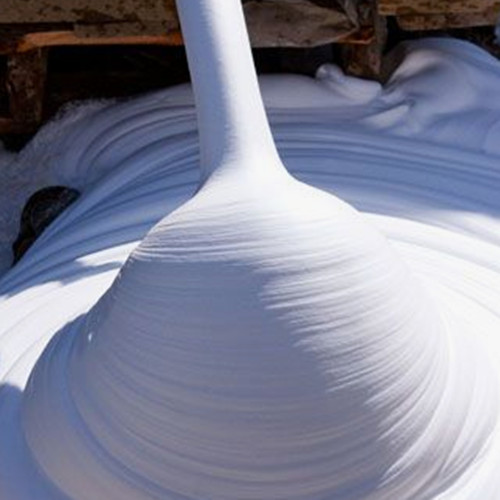
Cellular Lightweight Concrete Foaming Agent Protein Foaming Agent
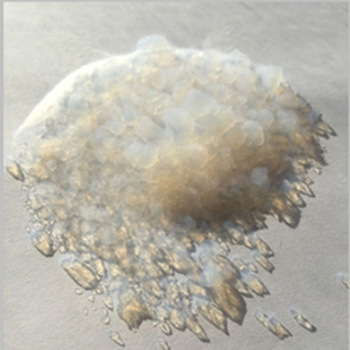
Hydrophobic and Hydrophilic Silica Aerogel Powder
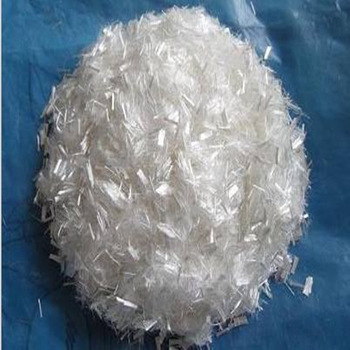
PP Fiber Polypropylene Fiber for Lightweight Concrete
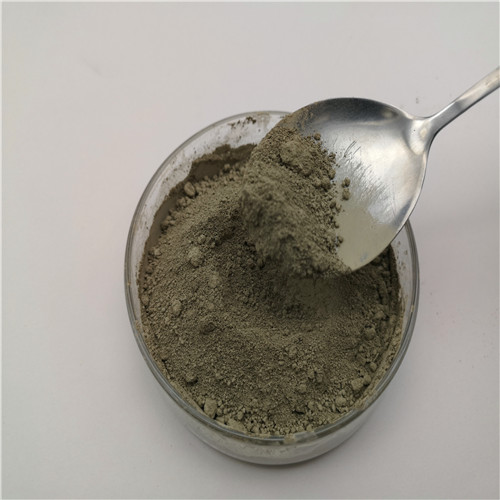
Cement Anti-crack Agent Preventing Cracks in Foam Concrete
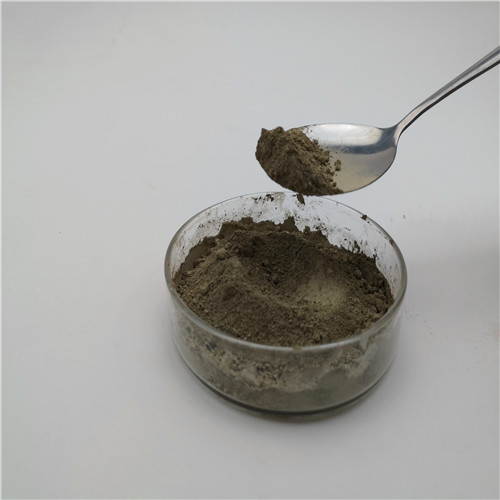
Foam Stabilizer for CLC Blocks Foam Concrete Solution
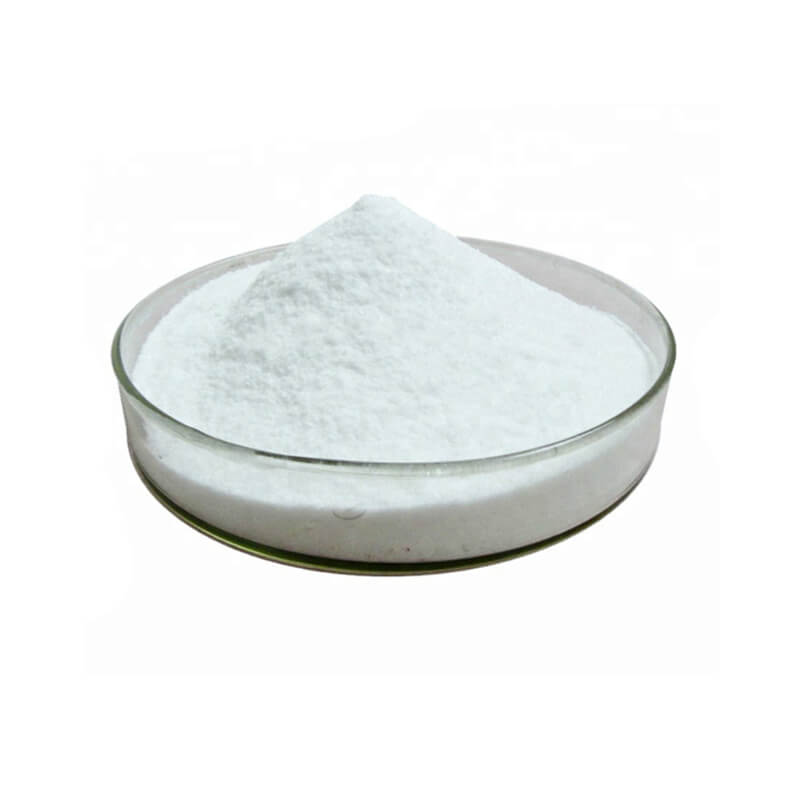
Polycarboxylate Superplasticizer Concrete Superplasticizer
Admixtures are artificial or natural materials added to concrete to improve some of its properties during casting, laying or the service stage. These admixtures are usually in the form of powders or liquids. They should never be considered as a substitute for good mix design, quality workmanship or the use of proper materials; they are simply aids to improve concrete's behaviour.
Water-reducing admixtures are commonly used to minimize the demand for water in concrete mixes, which can improve the strength of the final concrete product. These admixtures reduce the water-cement ratio (w/c ratio) by up to 10%. Mid-range plasticizers reduce the w/c ratio by up to 15%, while superplasticizers can reduce it by up to 30%.
Retarding admixtures slow the rate of cement hydration in its initial stages and extend the setting time of concrete. This enables a higher level of early strength development in concrete and prevents the occurrence of discontinuities. These admixtures can be particularly useful where the area is subject to a greater temperature variation or where the concrete must be transported long distances.
Air-entraining admixtures increase the resistance of concrete to freezing and thawing by forming millions of tiny air bubbles in the mix. These air bubbles, which act as tiny expansion chambers, resist the freeze-melting action of water in the concrete.
Accelerating admixtures are usually used to produce concrete with a quicker setting time. This increases the early strength of concrete by up to 40%.
Ask a quote for the latest price and one of our team members will respond as soon as possible. Fields marked with * are required.




